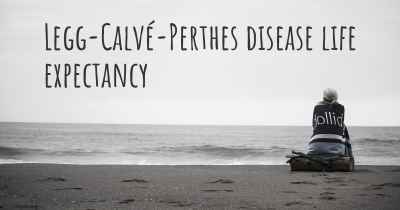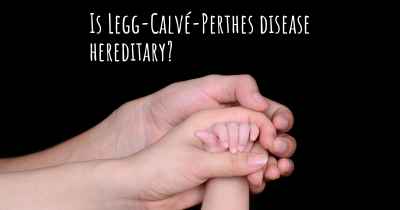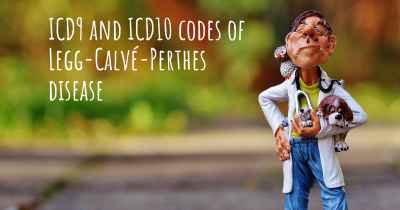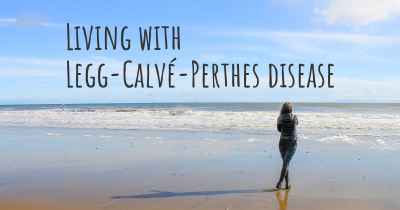How is Legg-Calvé-Perthes disease diagnosed?
See how Legg-Calvé-Perthes disease is diagnosed. Which specialists are essential to meet, what tests are needed and other useful information for the diagnosis of Legg-Calvé-Perthes disease
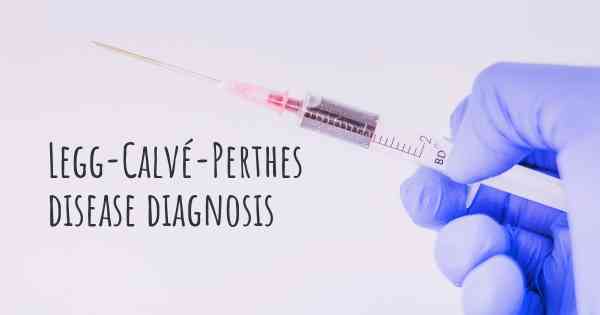
Legg-Calvé-Perthes disease, also known as Perthes disease or avascular necrosis of the femoral head, is a condition that affects the hip joint in children. It occurs when the blood supply to the femoral head, which is the rounded end of the thigh bone that fits into the hip socket, is temporarily disrupted. This interruption in blood flow leads to the death of bone cells, causing the femoral head to collapse and become deformed over time.
Diagnosing Legg-Calvé-Perthes disease involves a combination of medical history evaluation, physical examination, and imaging tests. The process typically begins with a visit to a healthcare professional, such as a pediatrician or orthopedic specialist, who will assess the child's symptoms and medical history.
Medical history evaluation: The healthcare professional will ask questions about the child's symptoms, such as pain or limping, and any previous injuries or conditions that may be relevant. They will also inquire about the child's age, as Legg-Calvé-Perthes disease primarily affects children between the ages of 4 and 10.
Physical examination: During the physical examination, the healthcare professional will carefully examine the child's hip joint and assess their range of motion. They will look for signs of hip stiffness, muscle weakness, and any abnormalities in the way the child walks or stands. The presence of pain or tenderness in the hip area will also be evaluated.
Imaging tests: Imaging tests are crucial for confirming the diagnosis of Legg-Calvé-Perthes disease and evaluating the extent of the condition. The most commonly used imaging techniques include:
- X-rays: X-rays provide detailed images of the bones and can reveal changes in the shape and structure of the femoral head. In the early stages of Legg-Calvé-Perthes disease, X-rays may appear normal, but as the condition progresses, they can show signs of bone collapse and deformity.
- Magnetic Resonance Imaging (MRI): An MRI scan uses powerful magnets and radio waves to create detailed images of the soft tissues, including the blood vessels and cartilage. This imaging technique can help visualize the blood supply to the femoral head and detect early changes in the bone before they are visible on X-rays.
- Computed Tomography (CT) scan: A CT scan combines X-ray images taken from different angles to create cross-sectional images of the hip joint. It can provide more detailed information about the bone structure and help assess the extent of bone damage.
- Bone scan: A bone scan involves injecting a small amount of radioactive material into the bloodstream, which is then absorbed by the bones. Areas of reduced blood flow, such as the affected femoral head in Legg-Calvé-Perthes disease, will appear as "cold spots" on the scan.
Once the diagnosis of Legg-Calvé-Perthes disease is confirmed, the healthcare professional will determine the stage of the condition based on the extent of bone damage and deformity. The most commonly used classification system is the Herring classification, which divides the disease into six stages based on X-ray findings.
It is important to note that early diagnosis and intervention are crucial in managing Legg-Calvé-Perthes disease. Prompt treatment can help preserve the shape of the femoral head and improve long-term outcomes. Therefore, if a child experiences persistent hip pain, limping, or any other concerning symptoms, it is essential to seek medical attention for a proper evaluation and diagnosis.
Wer umfangreiches und wertvolles Erfahrungswissen aus mehreren tausend Fällen benötigt, kann gern auf www.morbus-Perthes.de oder www.morbus-perthes.org Kontakt zu mir aufnehmen. Mein Name ist Wolfgang Strömich
Posted Oct 25, 2018 by Stiftung Deutsche Morbus Perthes Initiative
Posted Mar 18, 2019 by Michael 2550
